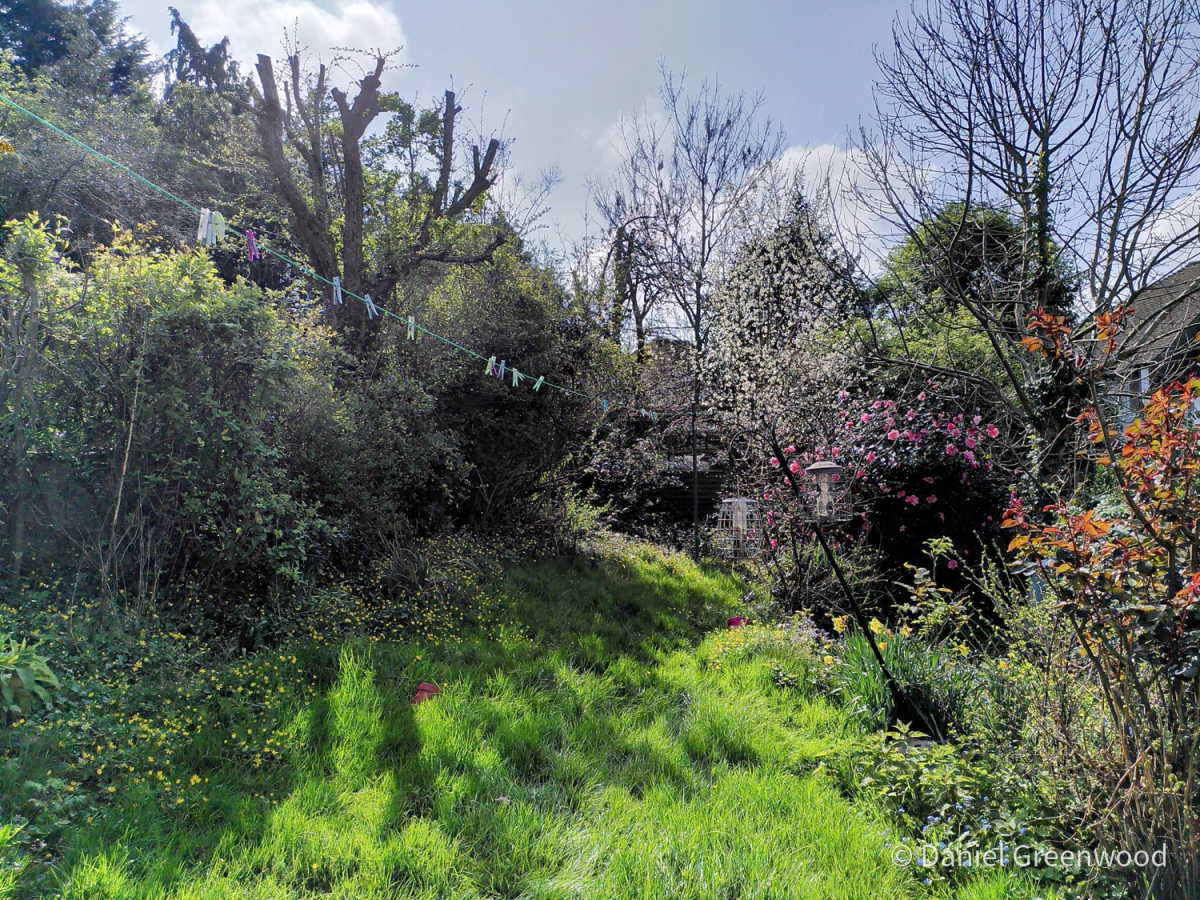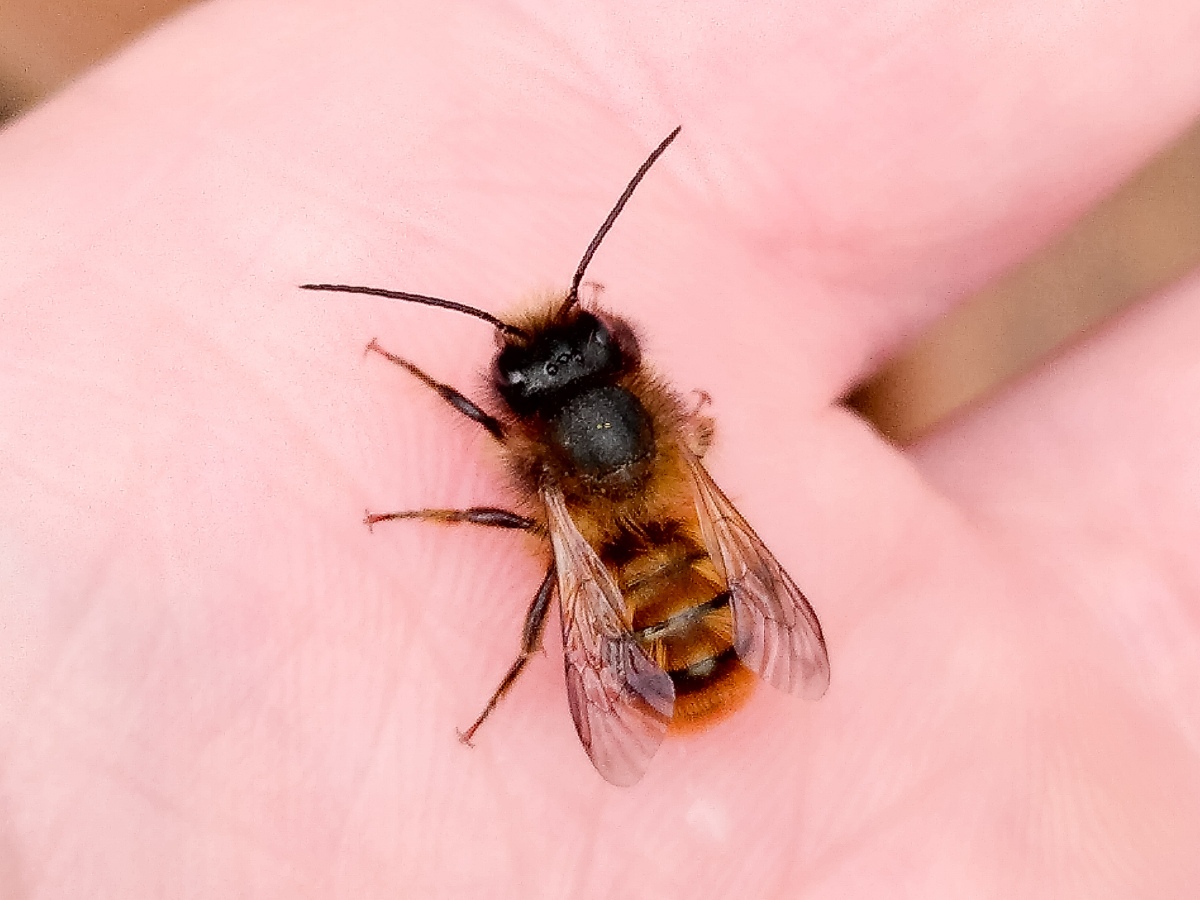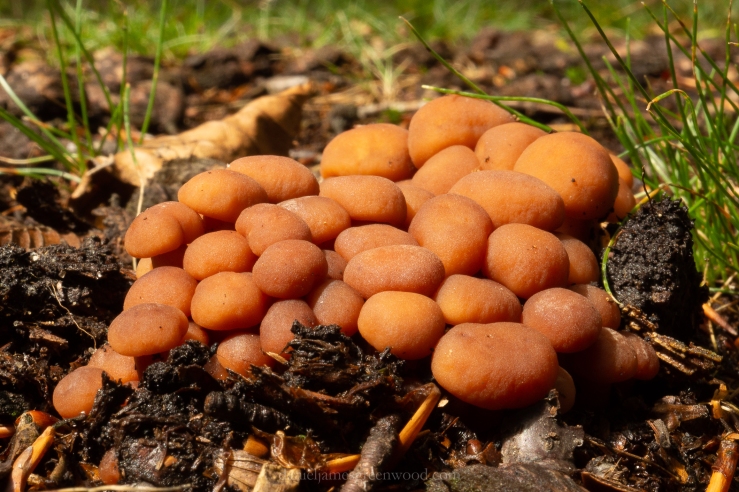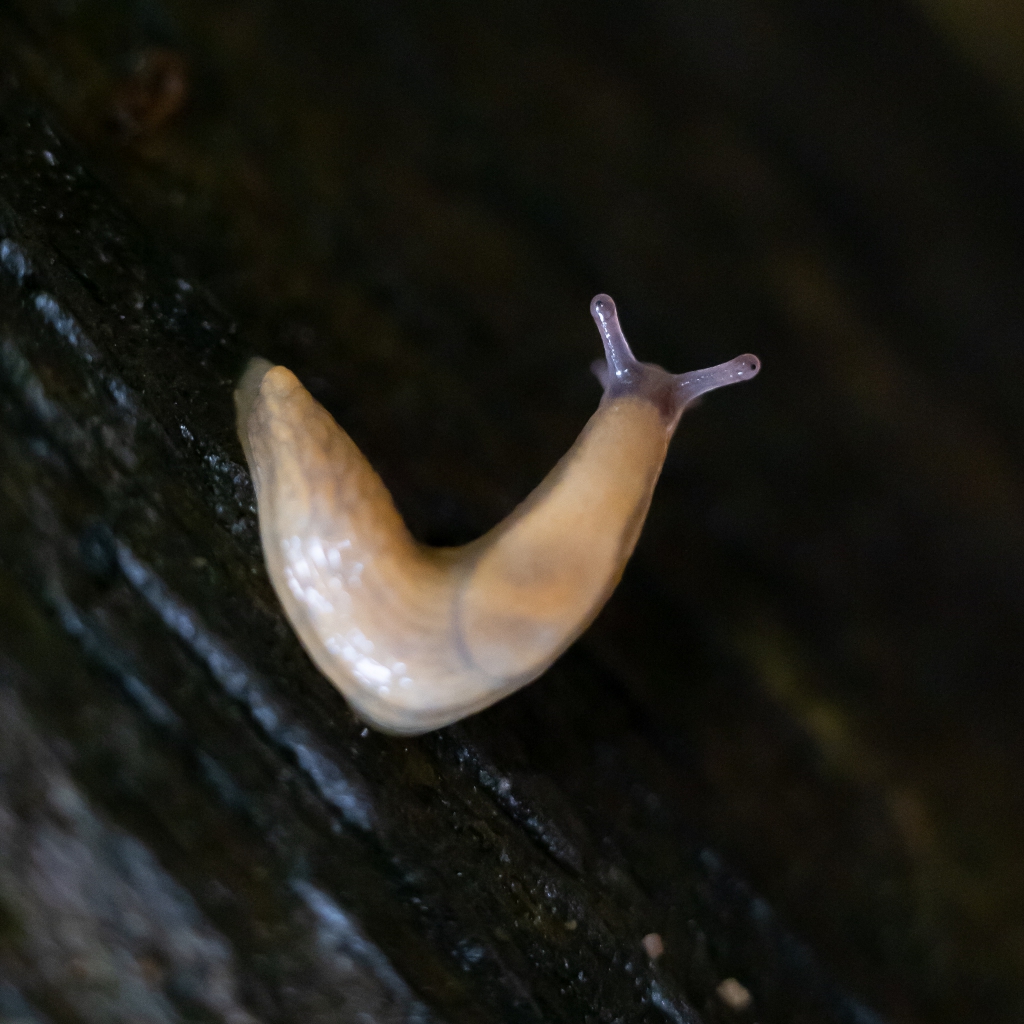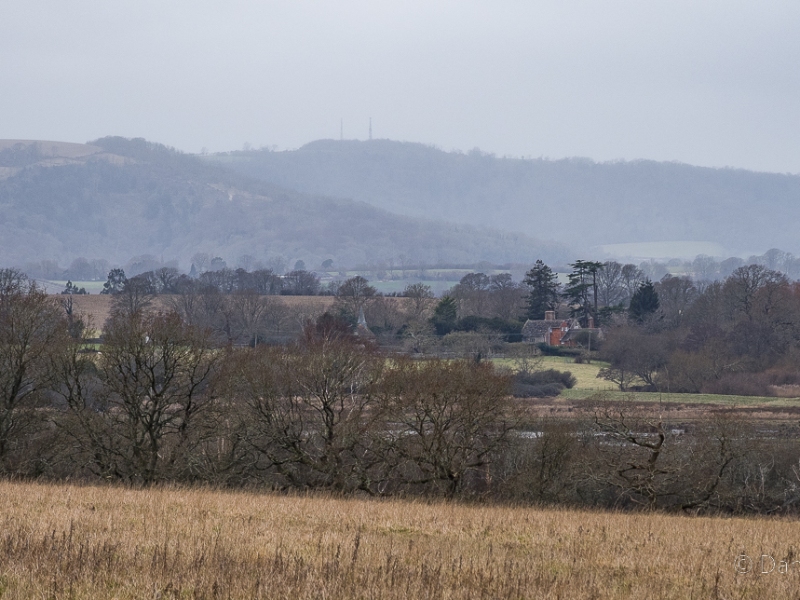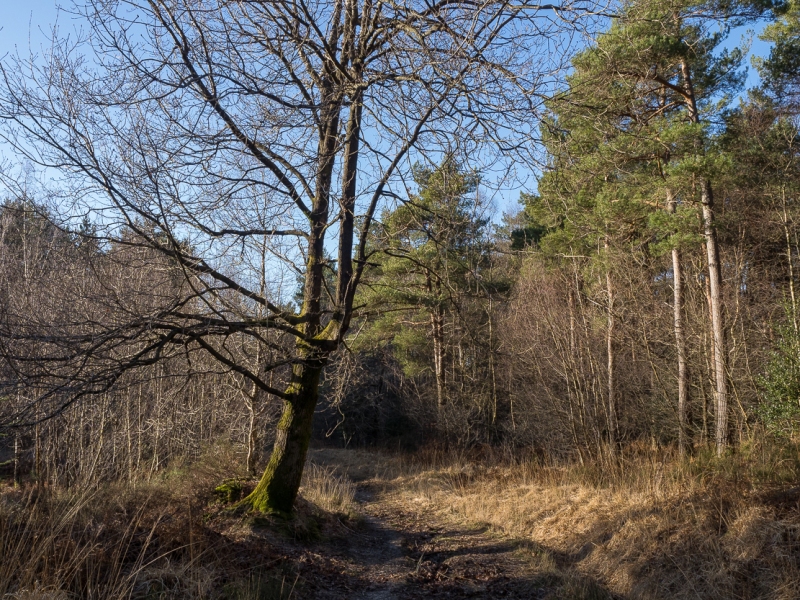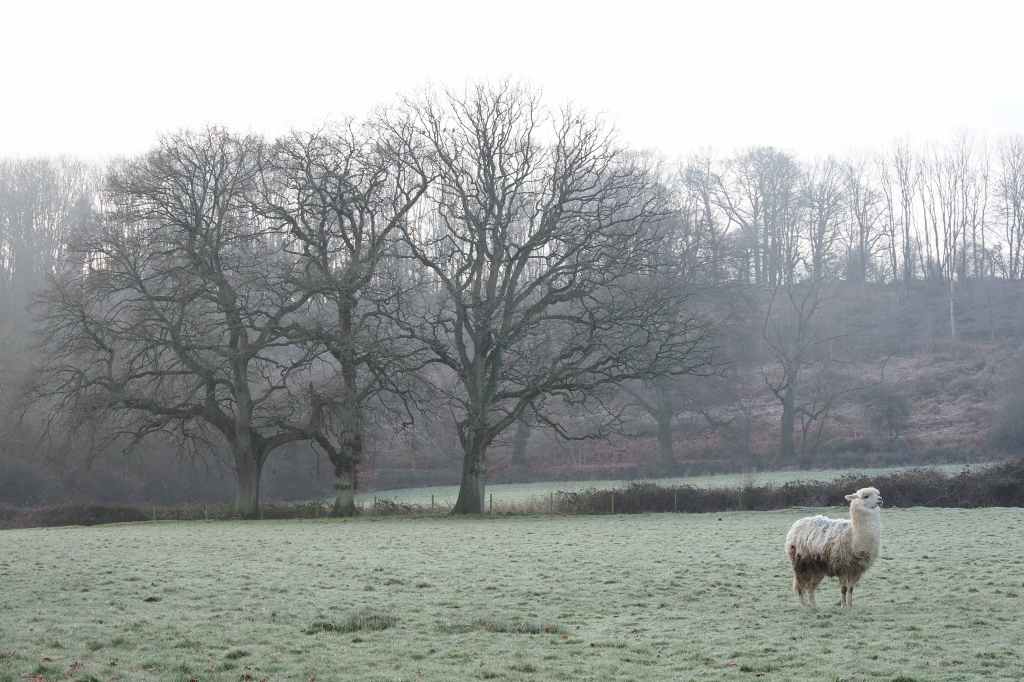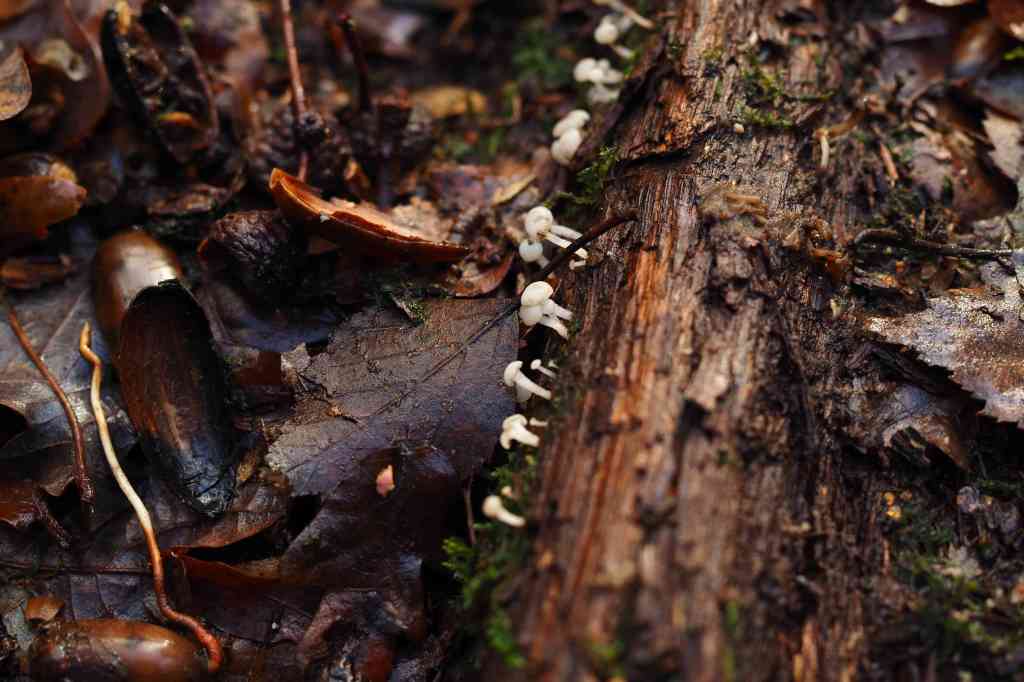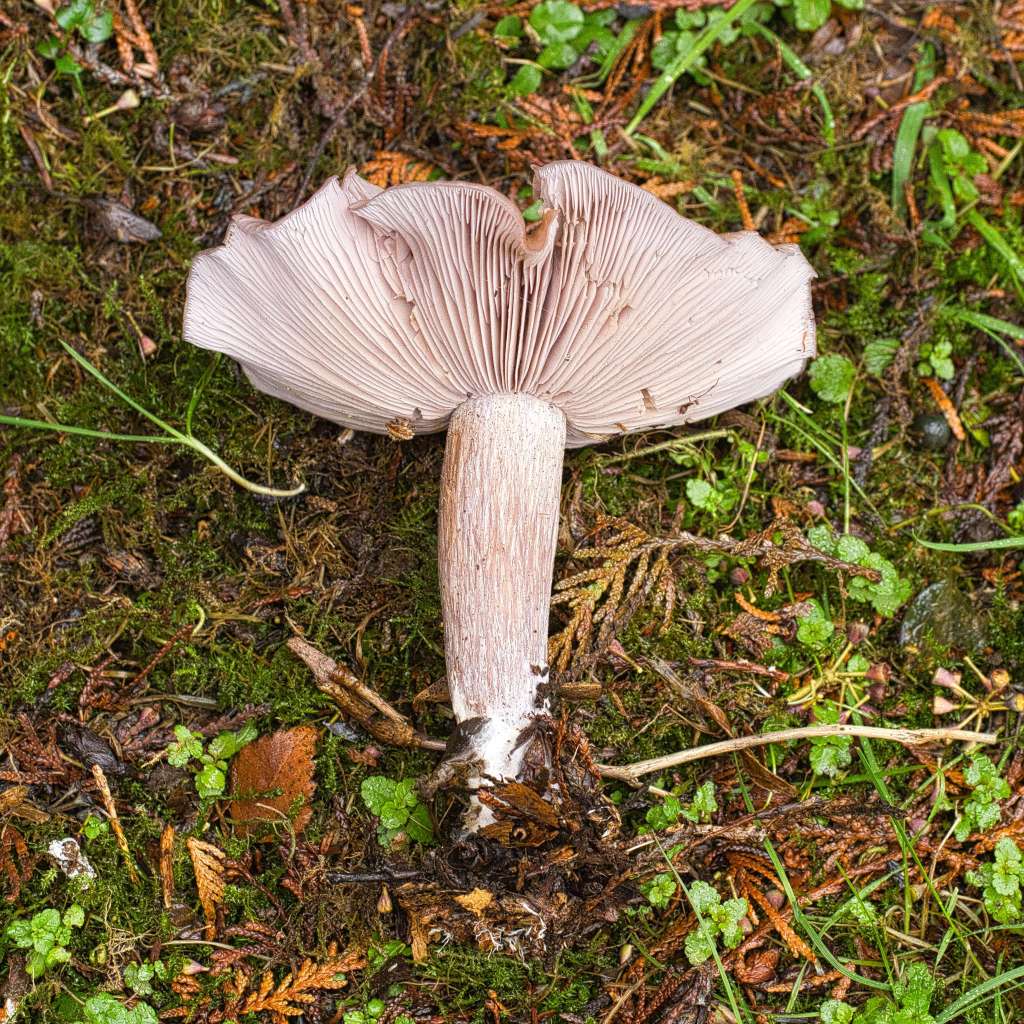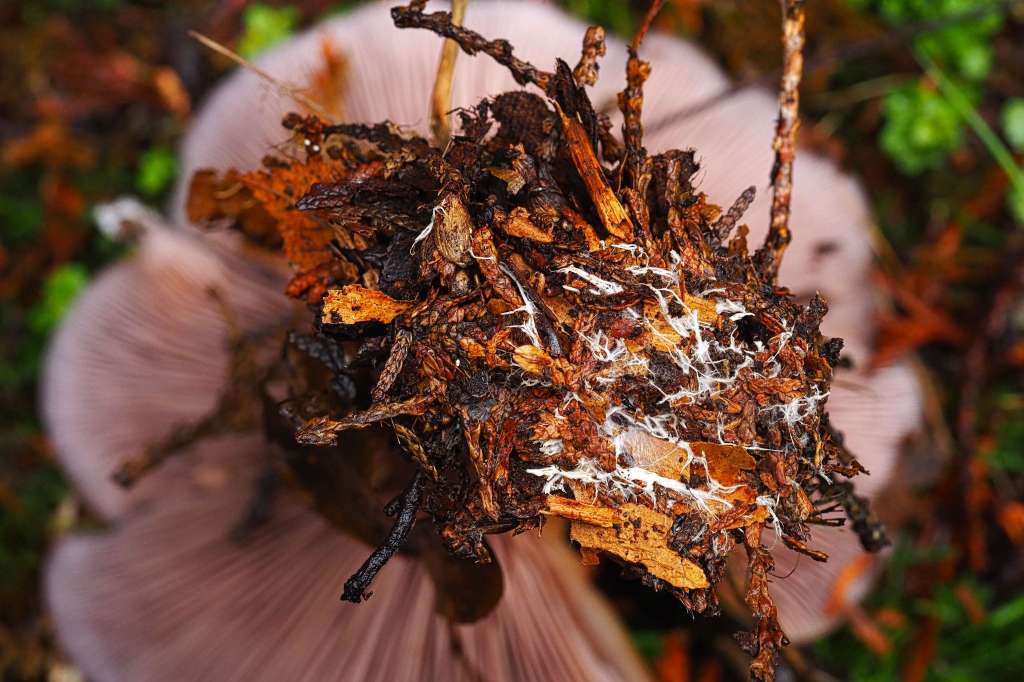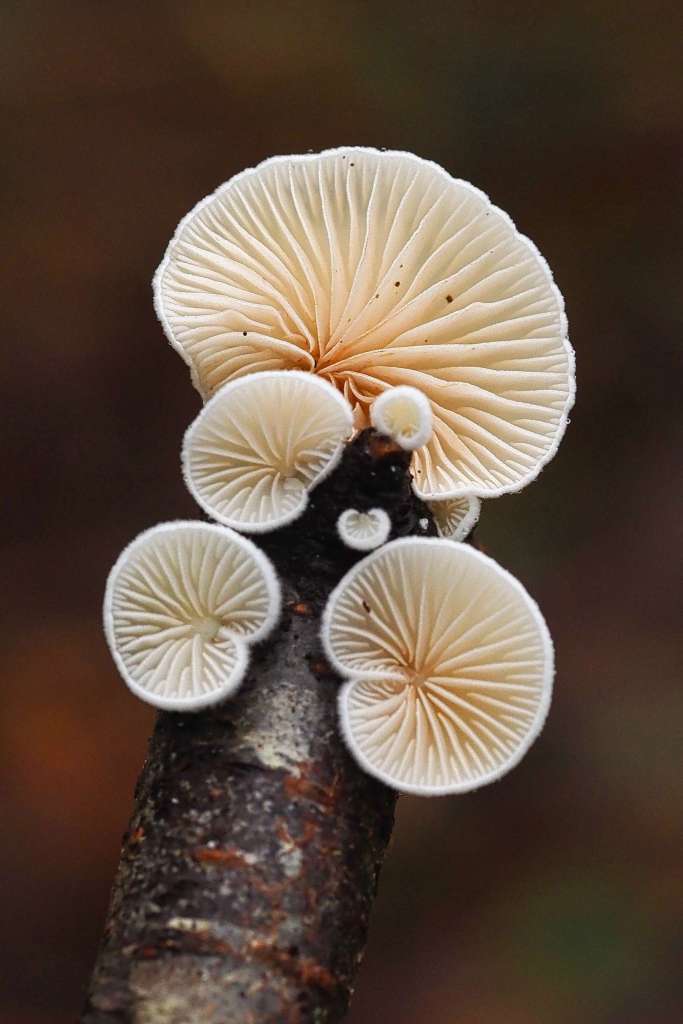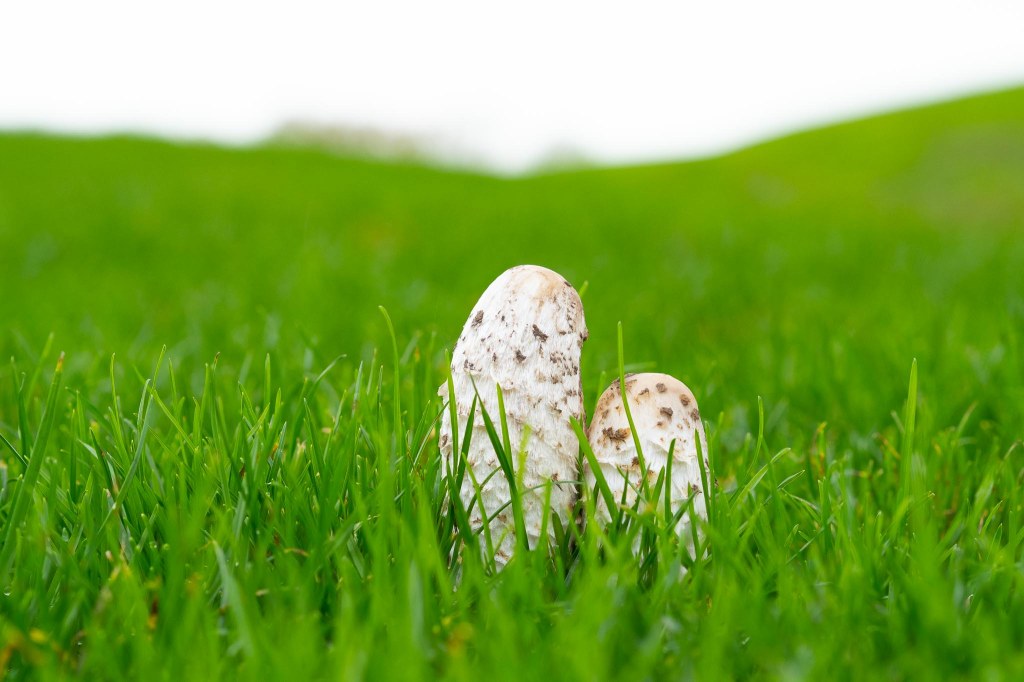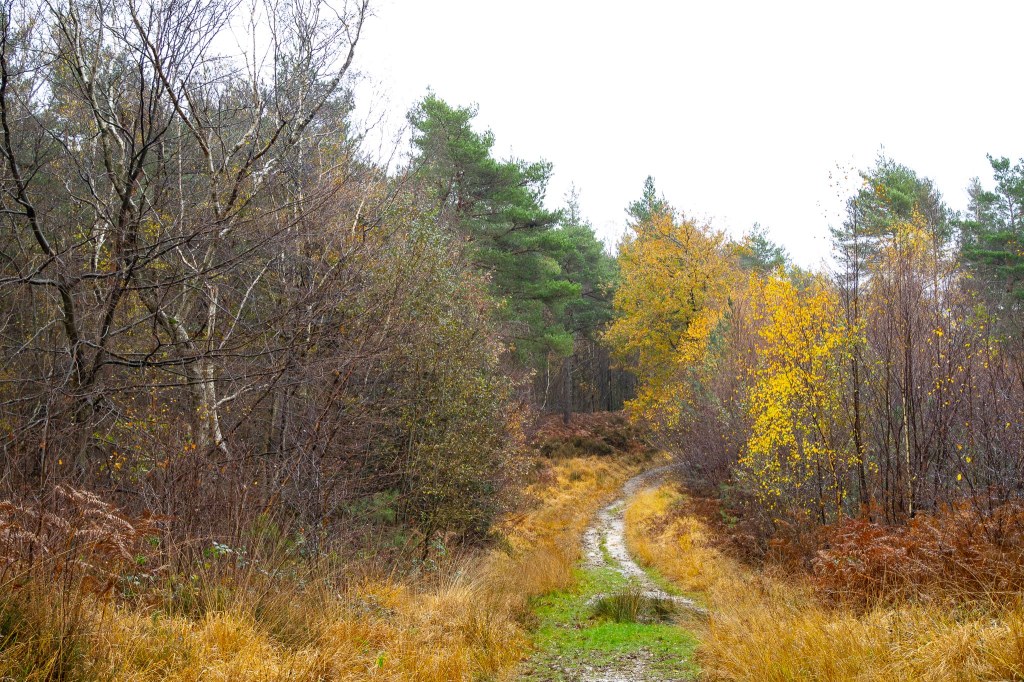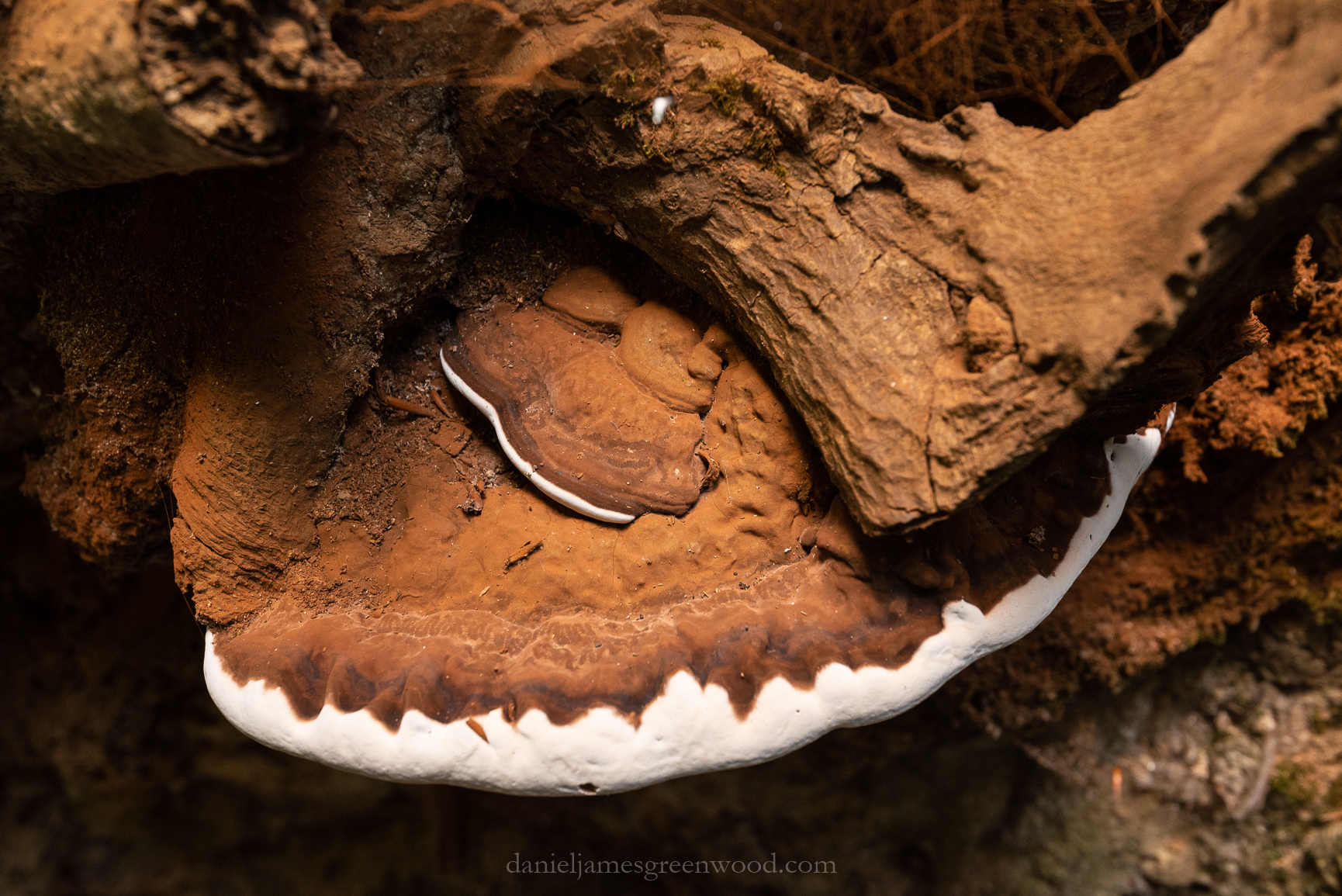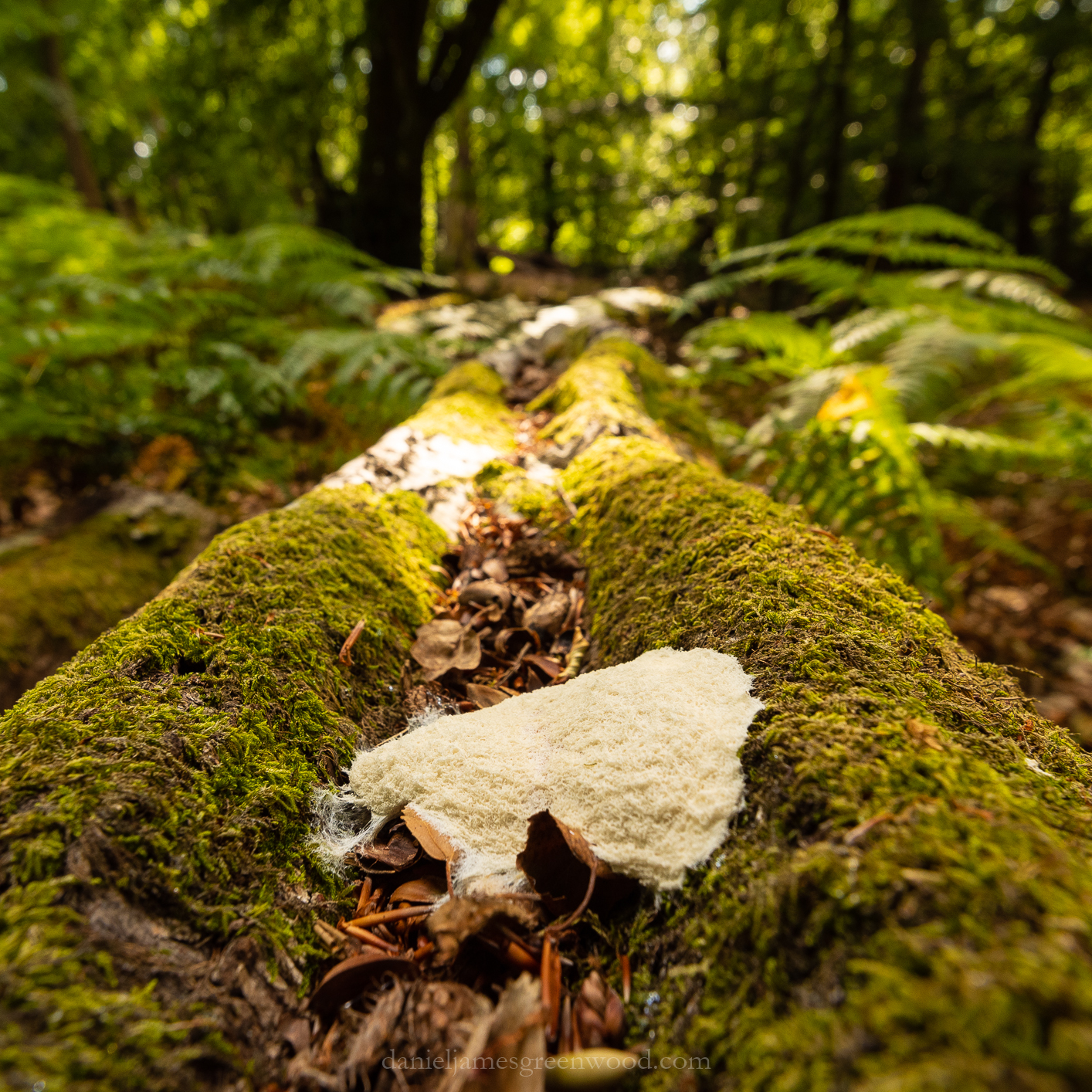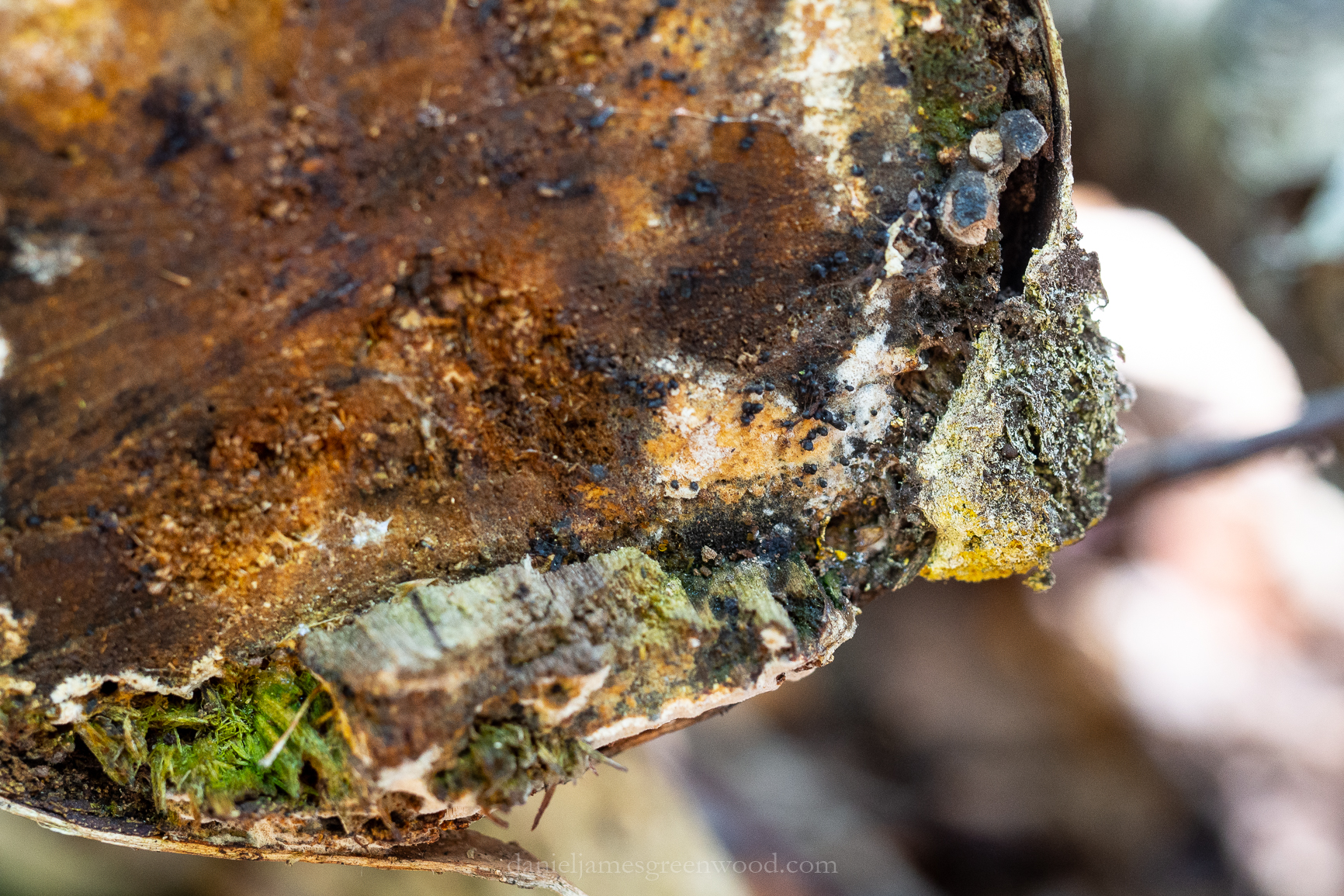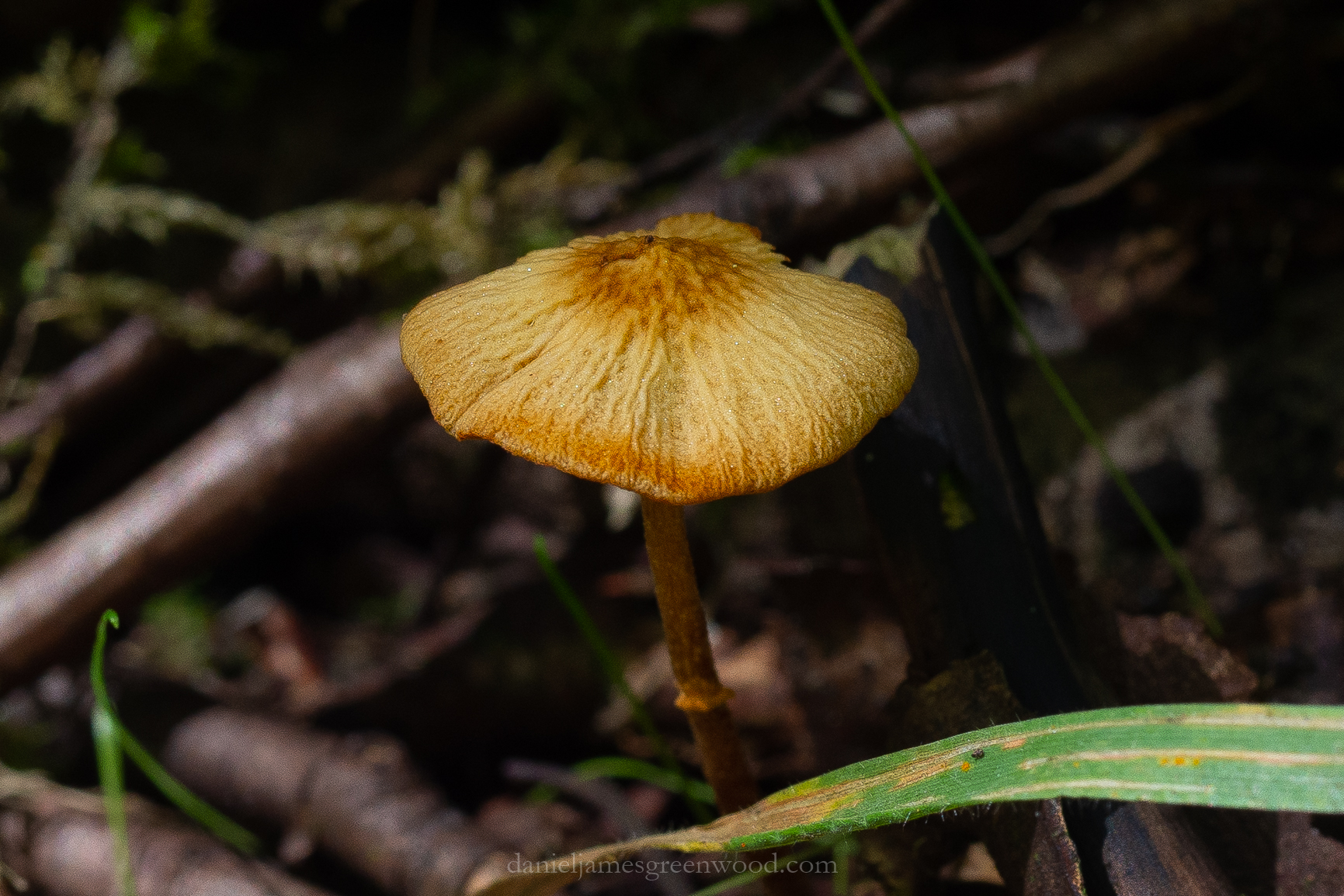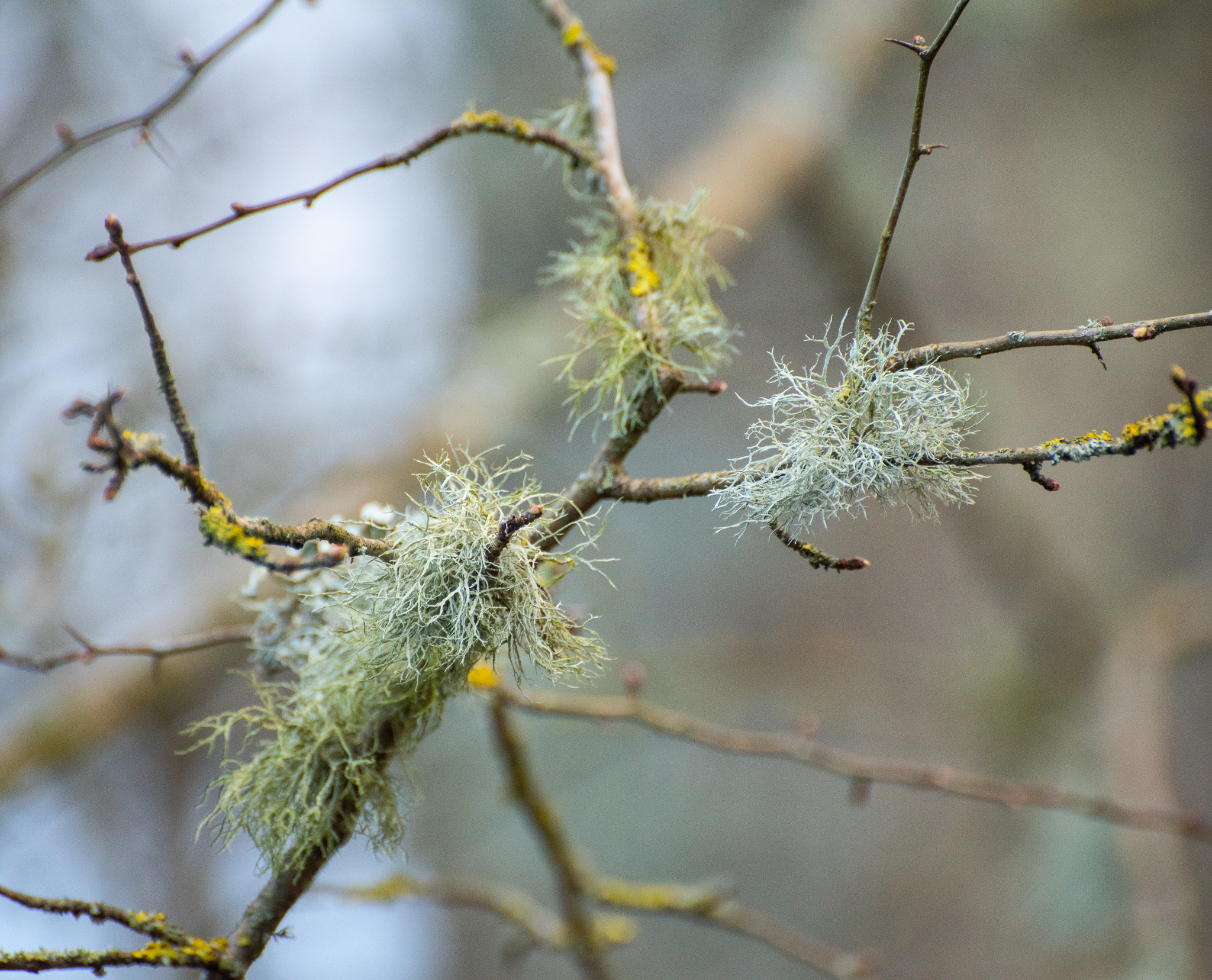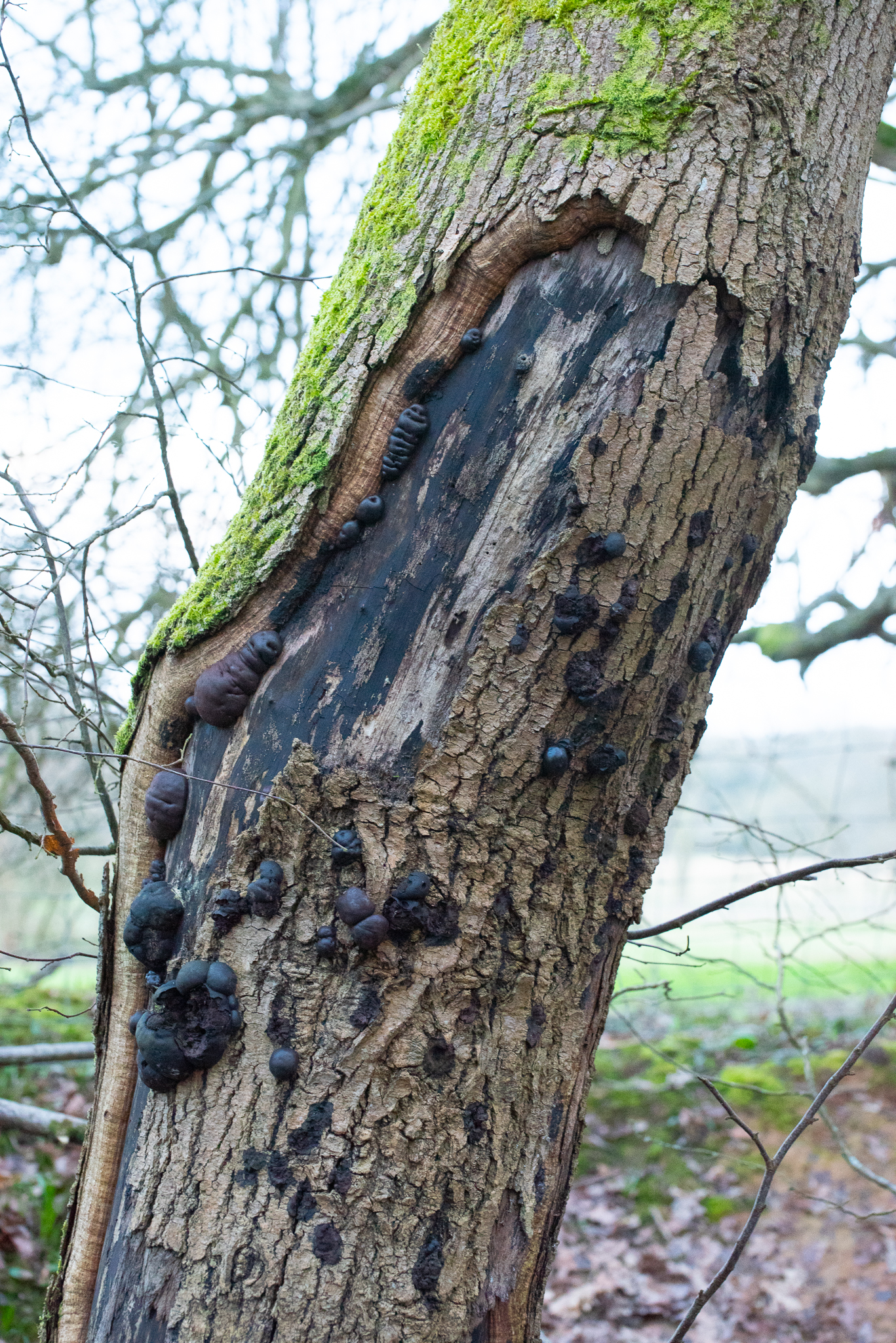At long last some time in the woods! Get ready for a mammoth mushroom post to celebrate the start of the season. I am so annoyed to have missed UK Fungus Day due to work commitments (no time or energy to do writing, visit woods or take photos) and also I have at least one other mushroom post that hasn’t made it to the surface yet.
In south-eastern England we have finally had some rain after a very dry summer. iNaturalist and social media have shown lots of autumn mushrooms popping up, including the first fly agarics. This week I had the chance to check things out for myself, and was not disappointed.
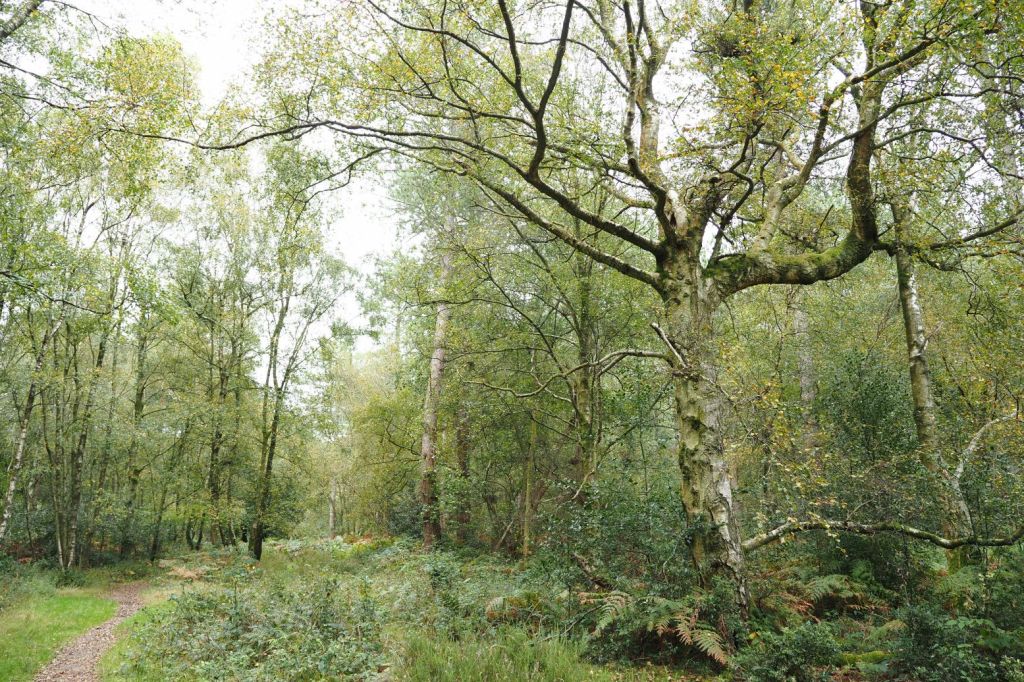
I am fortunate enough to live near a large expanse of ancient woodland/wooded heathland which is part of the High Weald Area of Outstanding Natural Beauty. This landscape is fungal heaven in places that have been wooded for more than 400 years. It’s dominated by birch, oak, beech and pine, trees that have strong associations with fungi.
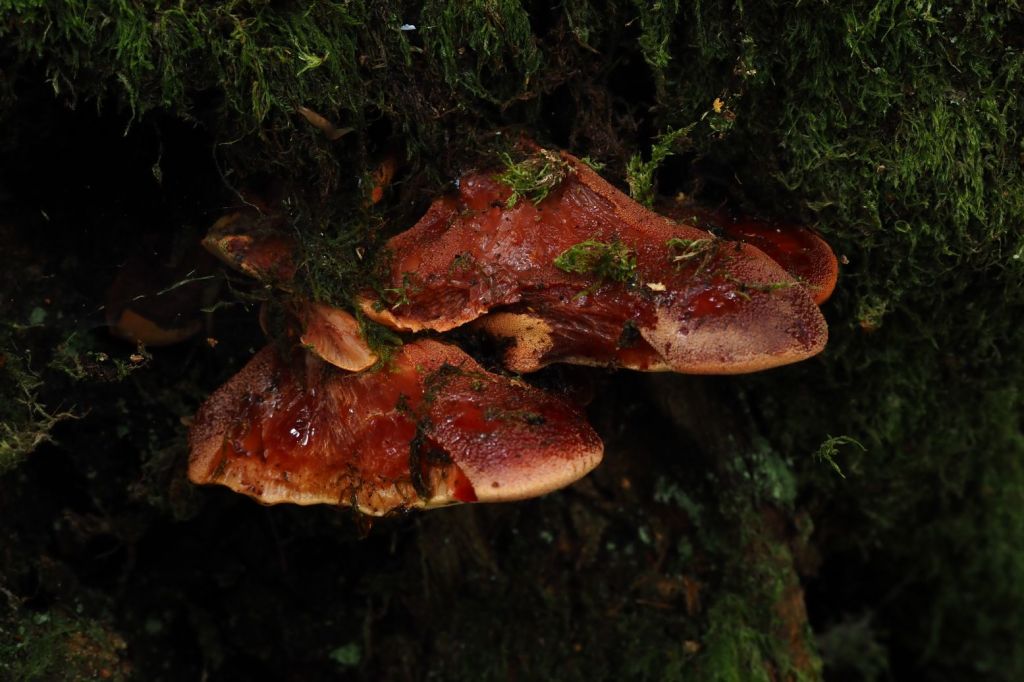
The early signs were good as I discovered a beefsteak fungus growing at the base of an oak tree. This is a species which can be mistaken for body parts, and though it’s parasitic, its impact is said to work more slowly than a tree’s ability to heal itself.

Amethyst deceivers are a common species at this time of year, often found growing in profusion. I spotted this tiny one growing in moss at the base of a tree.

Recent storms had created a realignment of the woodland canopy. A beech tree had broken off in high winds, opening up the woodland to light. The concentrations of deer are high here, so it will be interesting to see how well the woodland manages to renew in this sudden clearing.
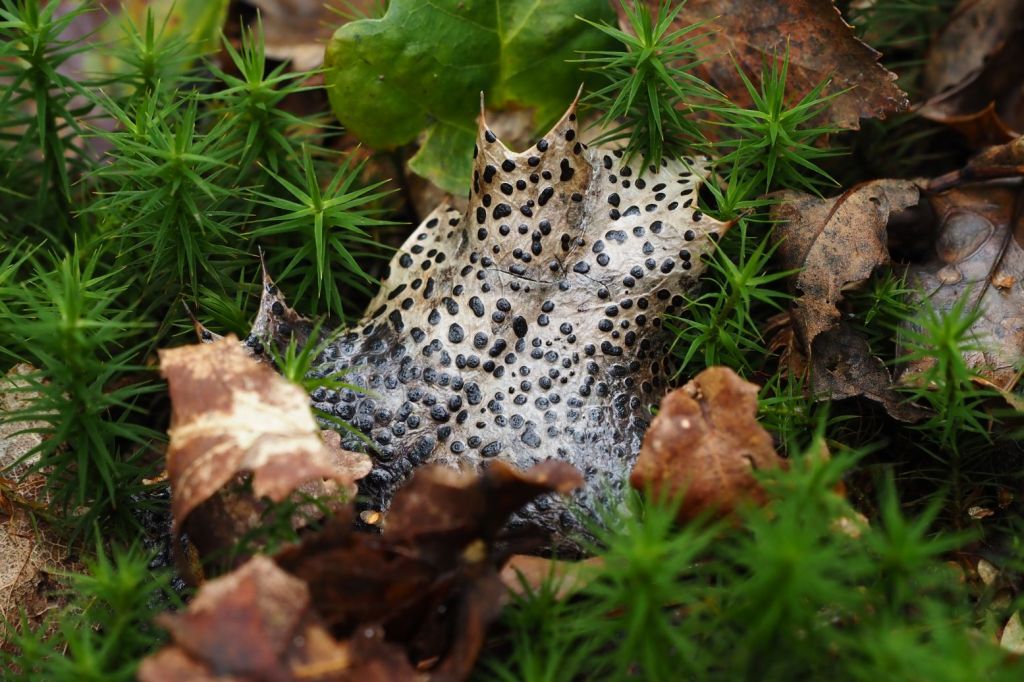
No, this is not an amphibian! I spotted this holly leaf covered in a species of wart-like fungus which I think might be in this family. Please add a comment if you know what it is.

Lurking behind a fallen log was what I think is a deer shield mushroom. I saw far more in the proximity of fallen wood, rather than in the open woodland floor. Perhaps the heavy rain recently has washed things away.

This mazegill-like crust fungus caught my eye.

This small polypore, which I have not looked to ID yet, was in fine fettle on a little birch stump. Not unlike a thought-cloud.

A reminder that it’s not just humans that enjoy fungi. Not that anyone is in any rush to chow down on this one.

This crust fungus interested me as it looked like a map of Scandinavian islands.
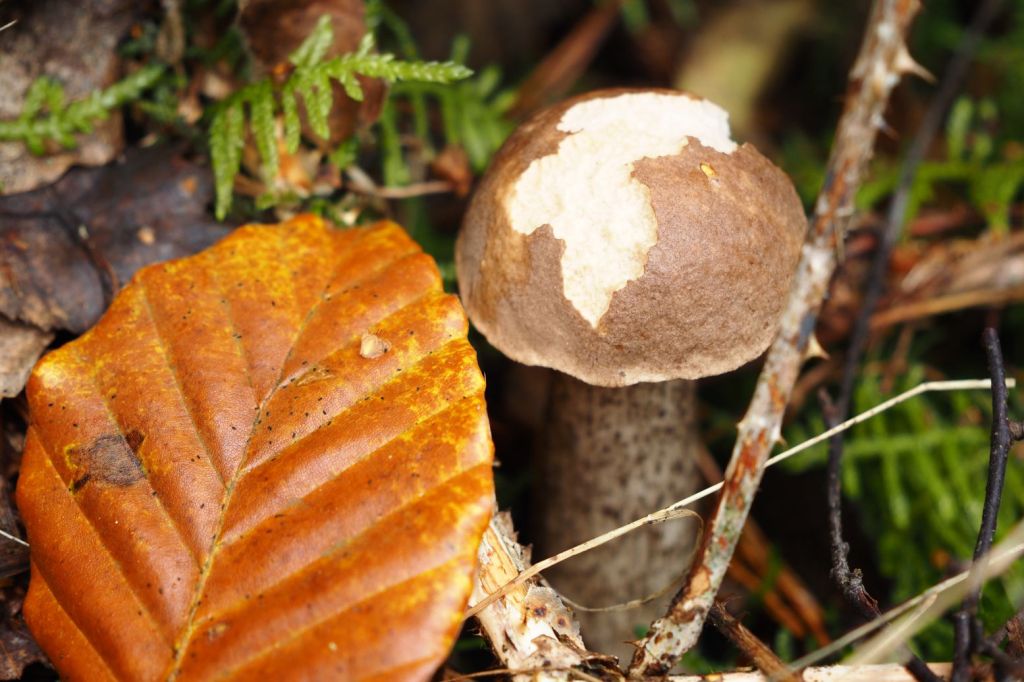
It’s always nice to find a bolete. This is probably a birch bolete as it was growing underneath birch trees. I moved the beech leaf but it fell into this position purely by accident. Lots of autumn happening here.

There were two moments during this two-hour walk that I let out some expression of joy upon finding mushrooms to photograph. I don’t know what family this, well, family of fungi, are in, but they are beautiful. I love to find fungi in this state, at this time of year, before the leaves have fallen.

Autumn appearing in beech, birch and bracken.
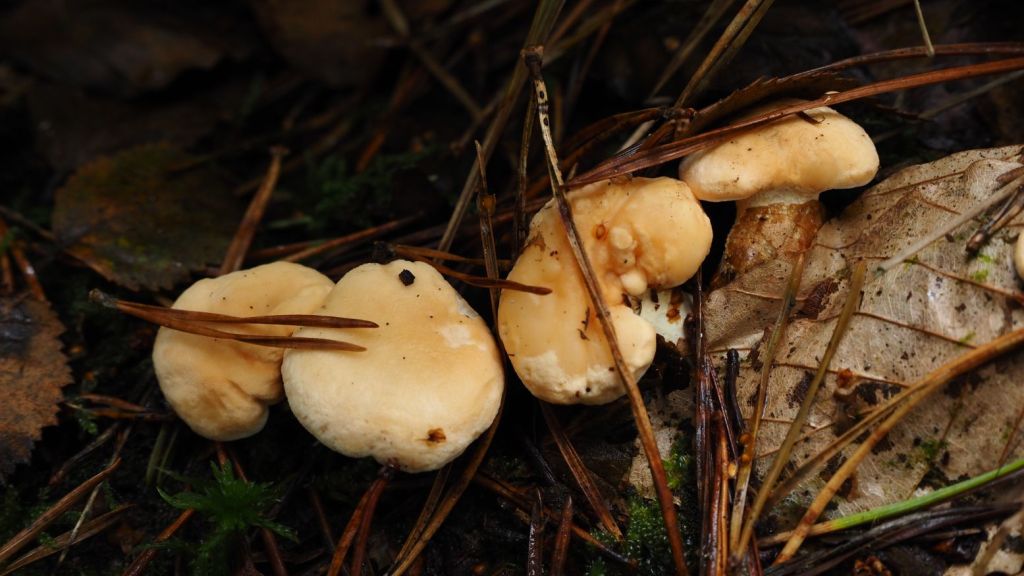
As a lone male visiting woodland, I am very aware of the impact my presence could have on women who are walking alone. I saw a woman walking and turned away to walk a different path to ensure she didn’t have to experience the fear of having some weird dude approach in a secluded area or pinchpoint of woodland. I also have my camera clearly on show. Sometimes I have considered getting a hi-vis vest with a mushroom emoji on the back. I would implore other men to consider how you are perceived in similar situations.
The point here is that if I hadn’t turned off into the birch and heather, I wouldn’t have found these hedgehog mushrooms! I wrote about this species almost exactly a year ago, though I was not foraging for the pot here.
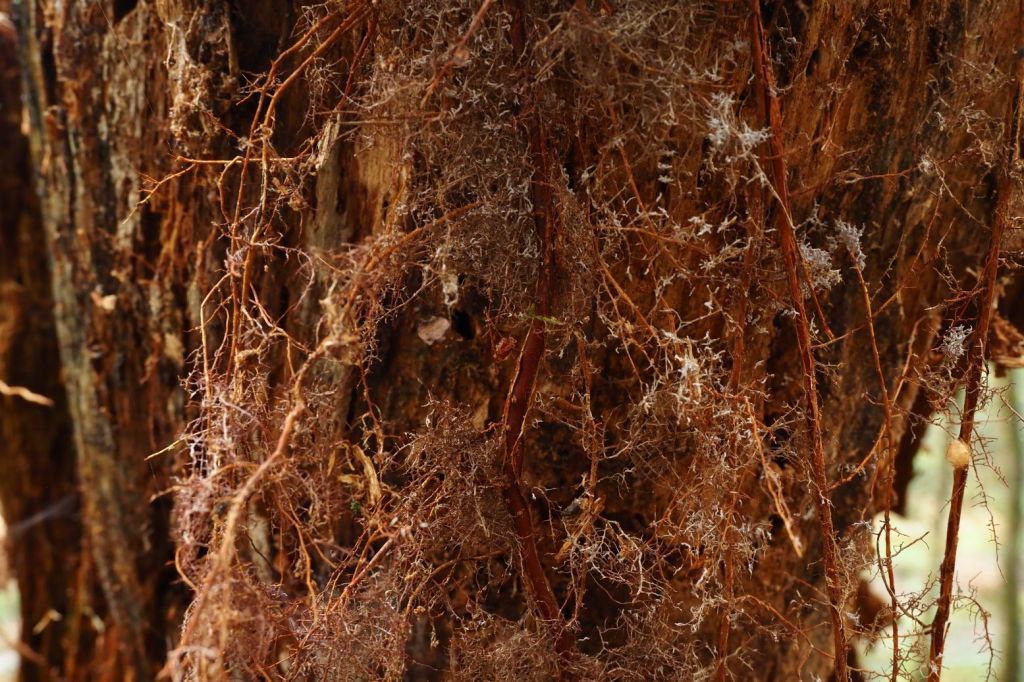
A pine tree had come unstuck and much of its bark had been pulled away. Looking more closely I could see some kind of root network. Now I’m not sure if these are aerial roots put on by the tree as it tried to consume its own decaying matter. Then again there was a lot of hyphae-like structure in among the roots, but the whole structure couldn’t have been all fungi. Here we have the foundation for much of life on earth, the partnership of fungi and plants.
It made me think of how Britain is faring at the moment. We cut our ties with our European neighbours in January 2021 (i.e. the wood-wide web), thinking we could grow taller and stronger alone. The truth is that everything is connected and we are diminishing in isolation because we need our nearest neighbours to thrive.

And then I found a mushroom I had never seen before – a webcap, probably violet webcap!

Seeing this mushroom sitting there took my breath away. It is a stunning fungus. The photographs just don’t do it justice.

Looking back at the photos I could see a spider using the underside of the cap as a place to find prey. It’s a smart move as many small insects and other arthropods are attracted to mushroom gills and caps.

One of the highlights of this walk, literally, were the spreads of yellow staghorn in the moss.

Their likeness to flames is really pleasing. I also love how they grow out of a tiny alcove in fallen wood as if from a little firepit.

Here is an example of how far and wide the little fires were burning.

This ominous pumpkin of a fungus is probably a russula of some kind. I saw something similar in the same spot in September.

Here’s a short video showing the full extent of the slime I encountered!

The light was growing dim as I made my way out, but these mushrooms were so bright I could see them from several metres away.

It was dark under the trees so I had to use a wide aperture setting (f4) to allow more light in, making the image quite dreamy. I think this is a species of dapperling.

Thanks for reading and make sure to get out there if you can. The mushroom days are coming!
Photos taken with Olympus E-M5 MIII camera and 12-45mm f4 lens. Photos are straight out of the camera, no edits or crops made.
Latest from the Blog
Camera juggling in the mud 🤳
I recently upgraded my phone from a Fairphone 3+ to a G**gle Pixel 7a. The Fairphone dream is dead for me. I bought the Fairphone 3+ looking for a sustainable option that would last a long time and be invested in. Instead two new models were soon released and the 3+ was effectively archived. The…
First ichneumon wasp of 2024 🐝
You know it’s spring when the bees and things start getting trapped indoors again. I visited my mum on Easter Sunday and her kitchen (which has lots of windows) turned into a veritable insect survey trap. Not just the ‘horrible flies’ she pointed out, but this lovely ichneumon wasp which I rescued with a glass…
First solitary bees of 2024 🐝
Four years ago I was starting a weekly Macro Monday photoblog as we entered into the Covid-19 restrictions. Now I reflect on how that extra time helped me to post more regularly on here, and just how hard I find that now in the post-pandemic lifescape. I’ve not got into macro mode proper yet this…


